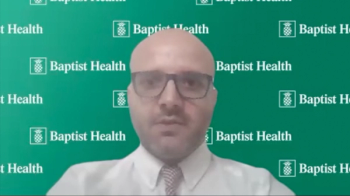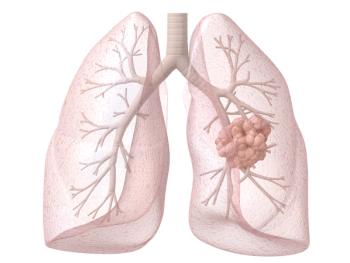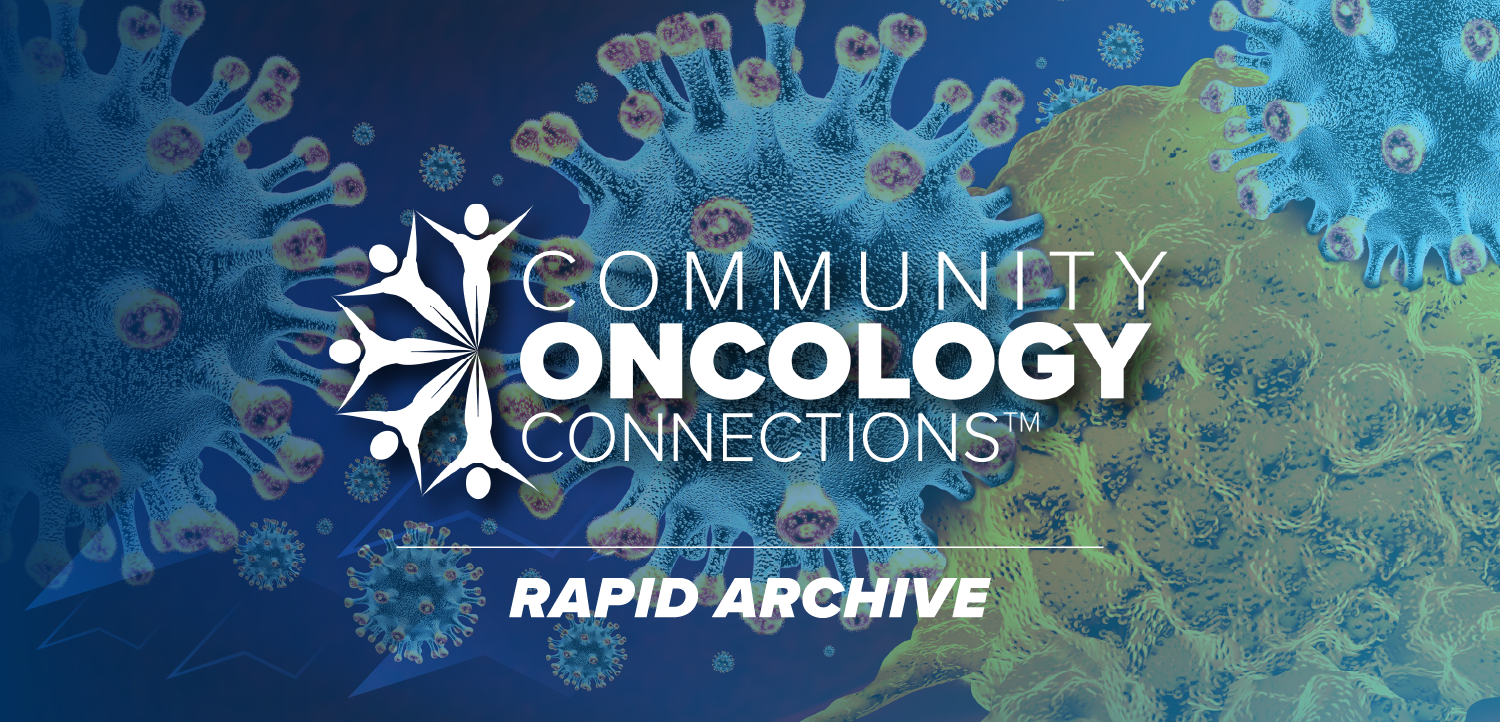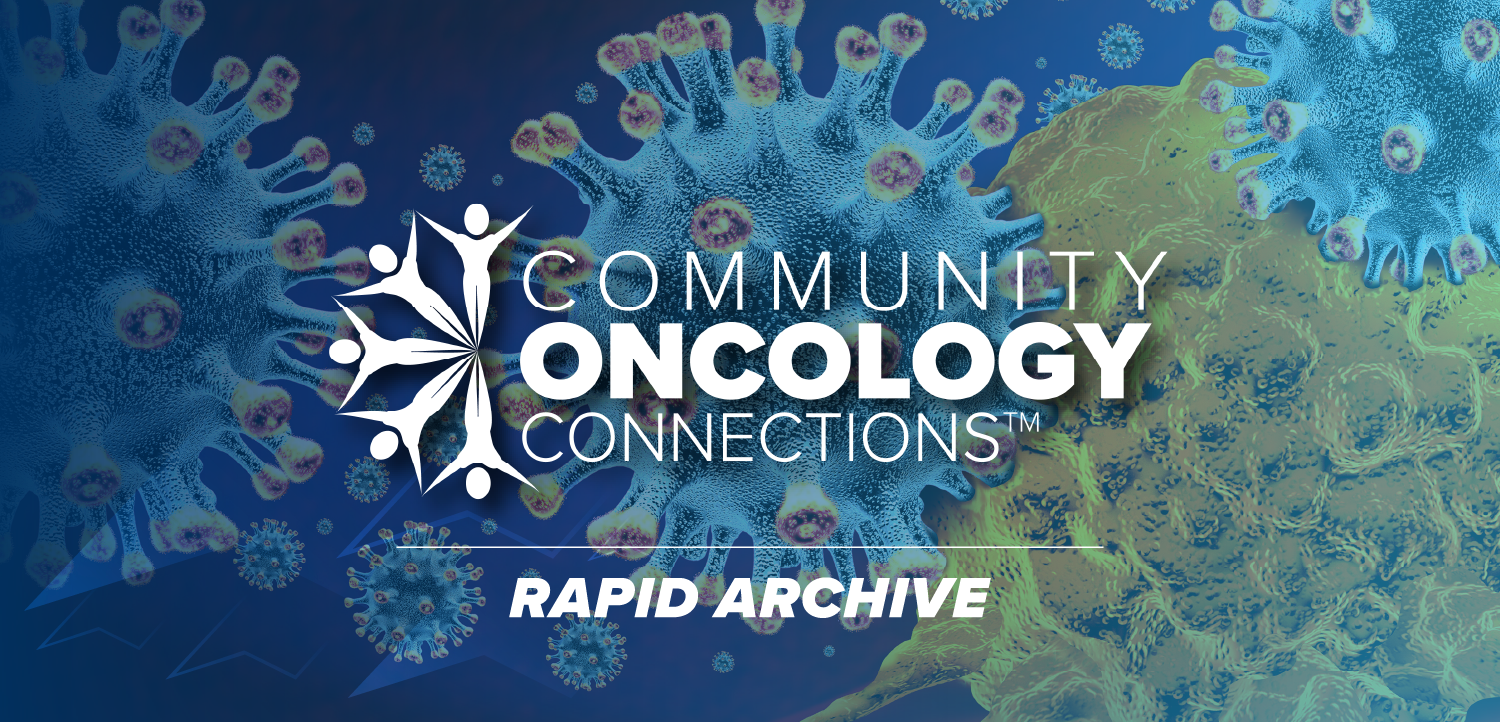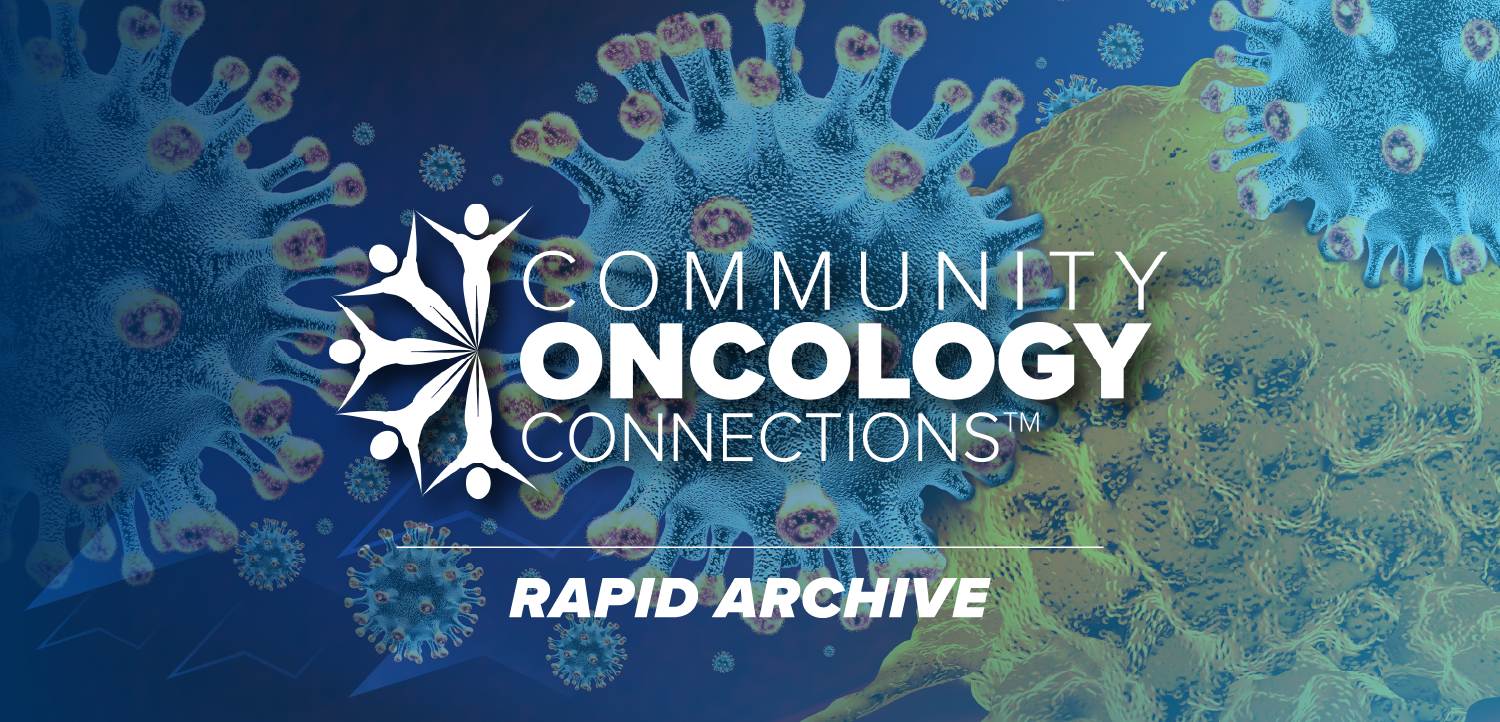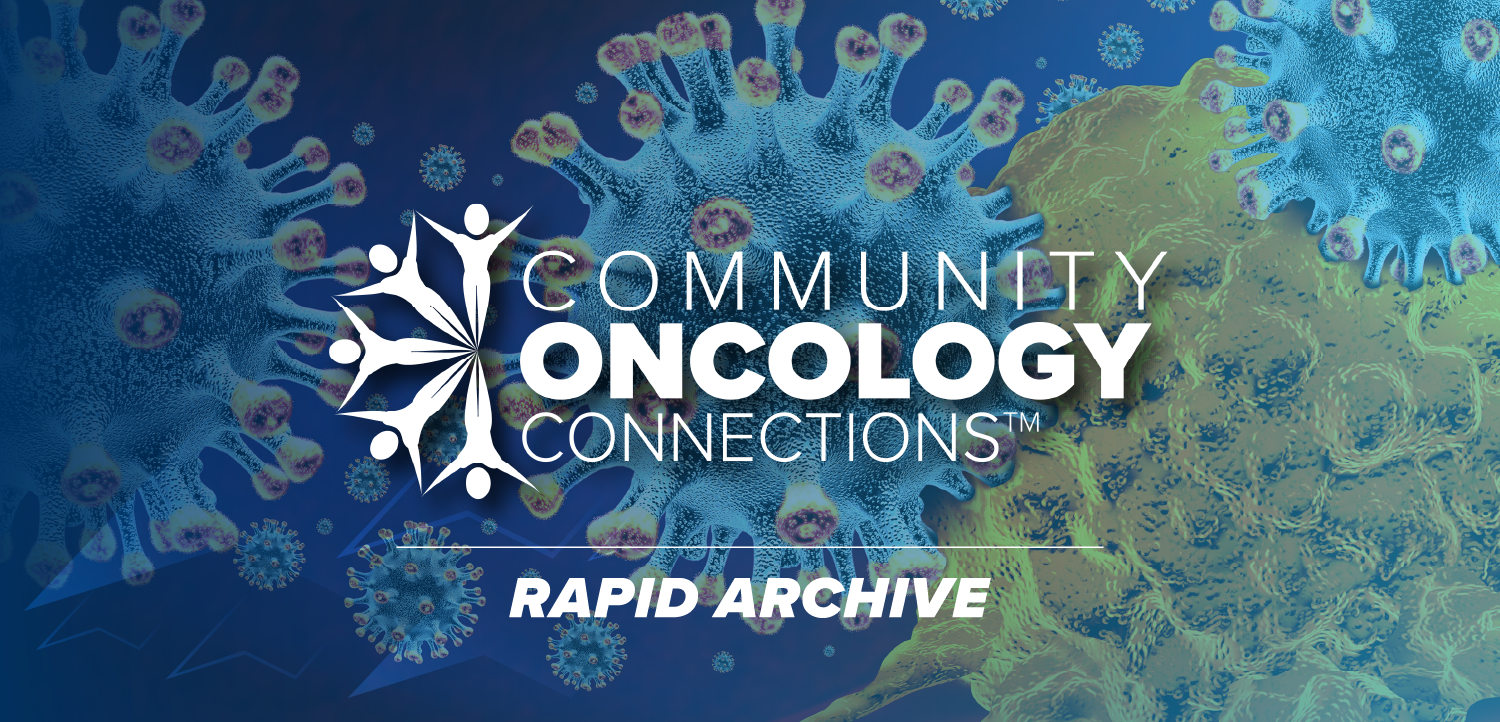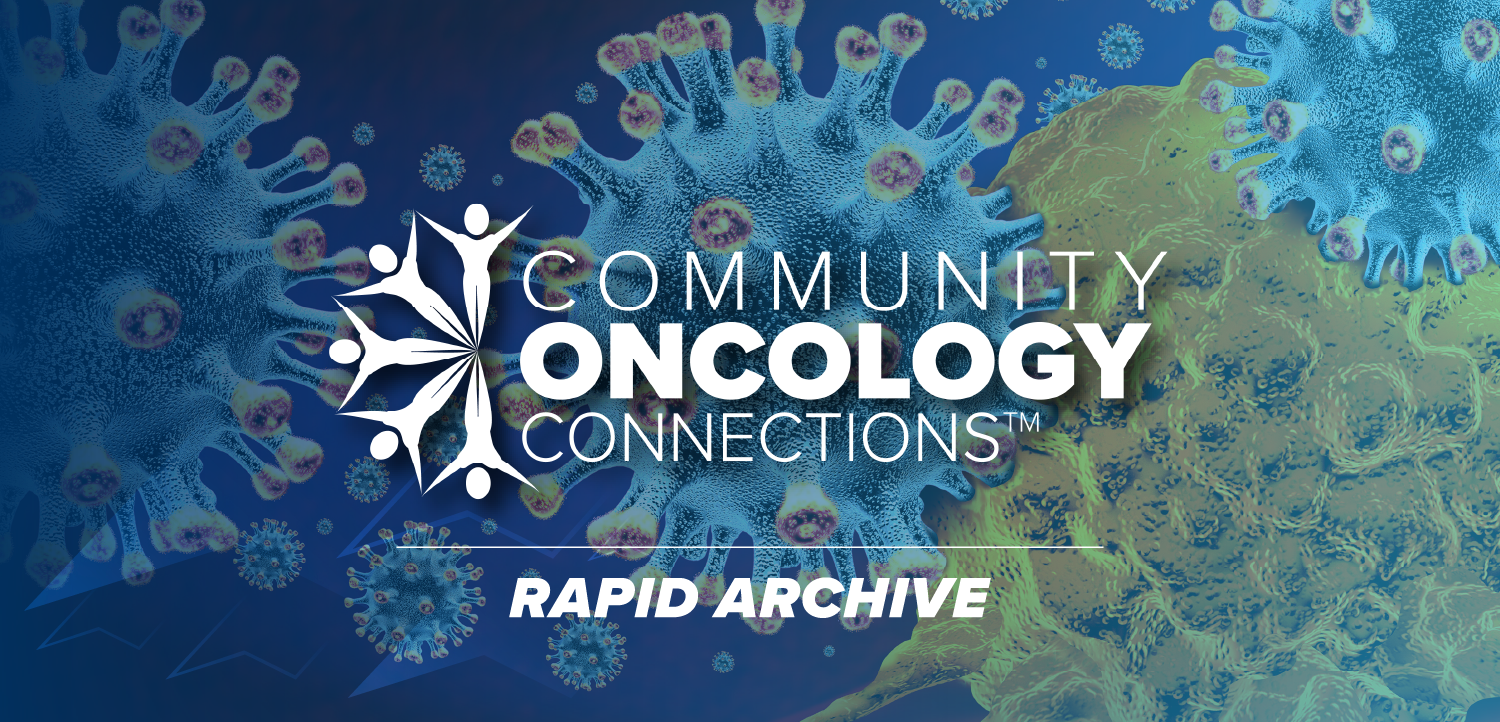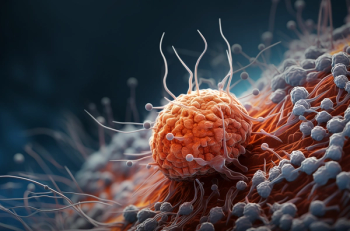
Evolving M-Protein, Hemoglobin Identified Ultra-High-Risk Smoldering Myeloma
Researchers were able to identify a subset of patients with smoldering multiple myeloma who have a greater than 80% risk of progressing to myeloma within 2 years.
Researchers at Mayo Clinic were able to identify a subset of patients with smoldering multiple myeloma who have a greater than 80% risk of progressing to myeloma within 2 years.
“Smoldering multiple myeloma patients with evolving M-protein and hemoglobin (Hb) with or without bone marrow plasma cells of 20% or more had a greater than 80% risk of progression to multiple myeloma within 2 years of diagnosis,” said study presenter Praful Ravi, MD, of the Mayo Clinic in Rochester, Minnesota, at the 2016 American Society of Clinical Oncology (ASCO) Annual Meeting, held June 3–7 in Chicago (abstract
Smoldering multiple myeloma was recently defined by the International Myeloma Working Group (IMWG) as having monoclonal protein of 3 g/dL or more and/or 10% to 60% clonal bone marrow plasma cells, with no evidence of myeloma-defining events on amyloidosis. Currently, it is found in about 14% of patients with newly diagnosed multiple myeloma.
According to Ravi, there are limited data available on the effect of evolving changes in smoldering multiple myeloma biomarkers on the risk for progression to multiple myeloma. Ravi and colleagues conducted this study to see if they could find changes that would allow them to identify patients considered to be at ultra high risk for progression.
To do this, they identified patients with smoldering multiple myeloma according to the 2014 IMWG definition (191 patients) treated at the Mayo Clinic between 1973 and 2014. The researchers defined an evolving change in monoclonal protein (eMP) as 10% or greater increase in M-protein (M) and/or immunoglobulin (M/Ig) within 6 months of diagnosis (only if M ≥ 3) and/or 25% or greater increase in M/Ig within 12 months, with a required minimum increase of 0.5 g/dL in M and/or 500 mg/dL in Ig. Evolving change in Hb (eHb) was defined as 0.5 g/dL or greater decrease within 12 months of diagnosis.
Of the 191 patients, 70.5% progressed to multiple myeloma and 45.5% progressed within 2 years of diagnosis. The median time from diagnosis to progression to myeloma was 3.9 years.
About one-third of patients met the criteria for eMP (30.5%) and about one-quarter of patients met the criteria for eHb (25.3%). When the researchers confirmed these changes on next measurement, 84.5% of eMP and 100% of eHb were confirmed.
The researchers conducted a multivariable analysis adjusting for factors known to predict myeloma and found several predictors for progression within 2 years, including having 20% or greater bone marrow plasma cells at smoldering myeloma diagnosis (odds ratio [OR], 3.37 [95% CI, 1.30–8.77]; P = .013), eMP (OR, 8.20 [95% CI, 3.19–21.05]; P < .001), eHb (OR, 5.86 [95% CI, 2.12–16.21]; P = .001), and male sex (OR, 3.51 [95% CI, 1.32–9.29]; P = .012).
Based on the three disease-specific variables that predicted for early progression, the researchers constructed a risk model. According to the model, patients with 0, 1, 2, or 3 risk factors had a median time to progression of 12.3 years, 5.1 years, 2.0 years, and 1.0 year, respectively (P < .001). Looking at different combinations of these risk factors, the researchers found that those patients with both eMP and eHb had an 81.5% 2-year risk for progression, which increased to 90.5% in patients with all three risk factors.
“Validation of these findings, externally and ideally prospectively, is needed before such parameters can be added to diagnostic criteria for multiple myeloma or at least be considered to identify patients who could be candidates for early therapy,” Ravi said.
Newsletter
Stay up to date on recent advances in the multidisciplinary approach to cancer.




